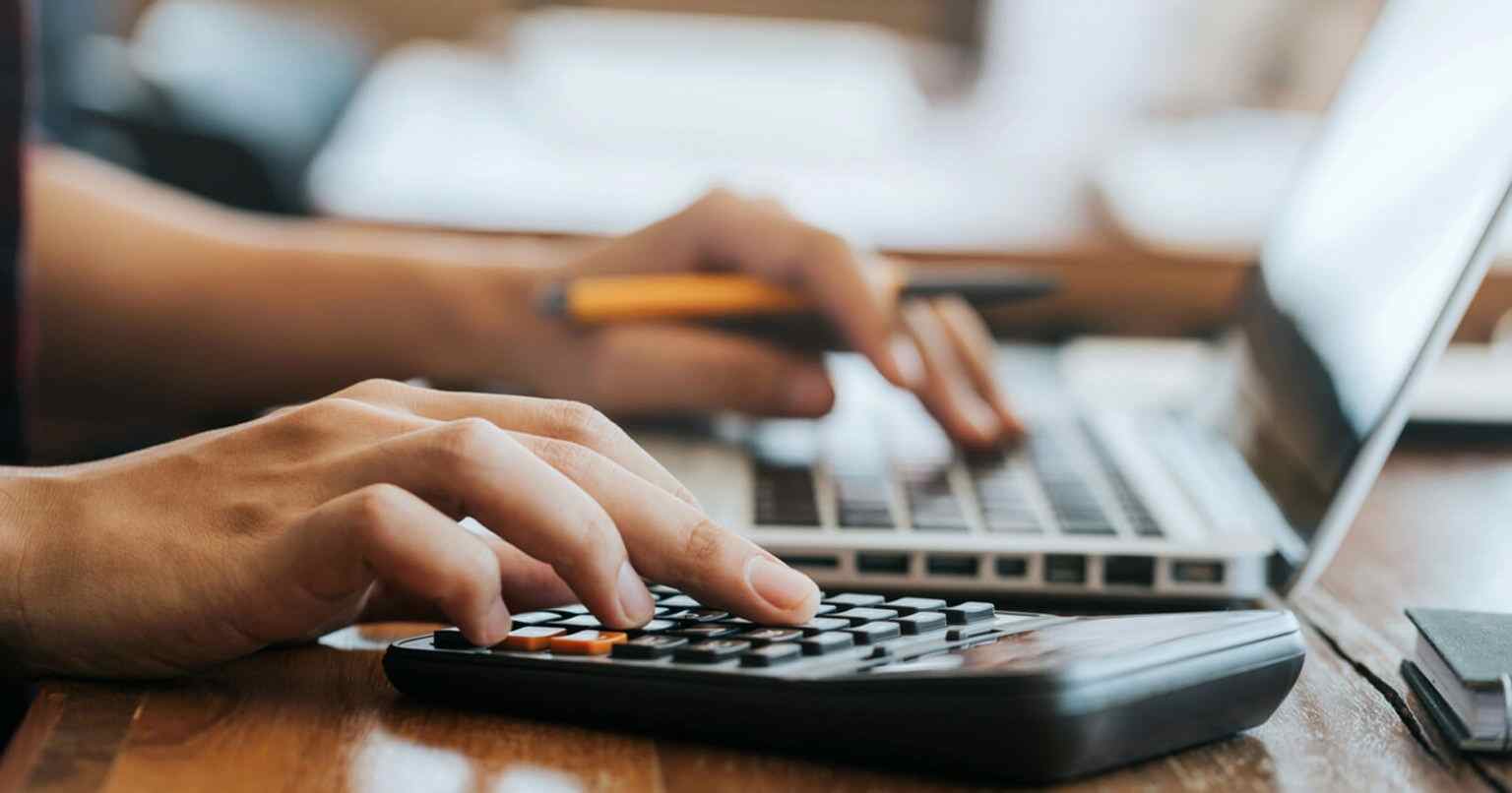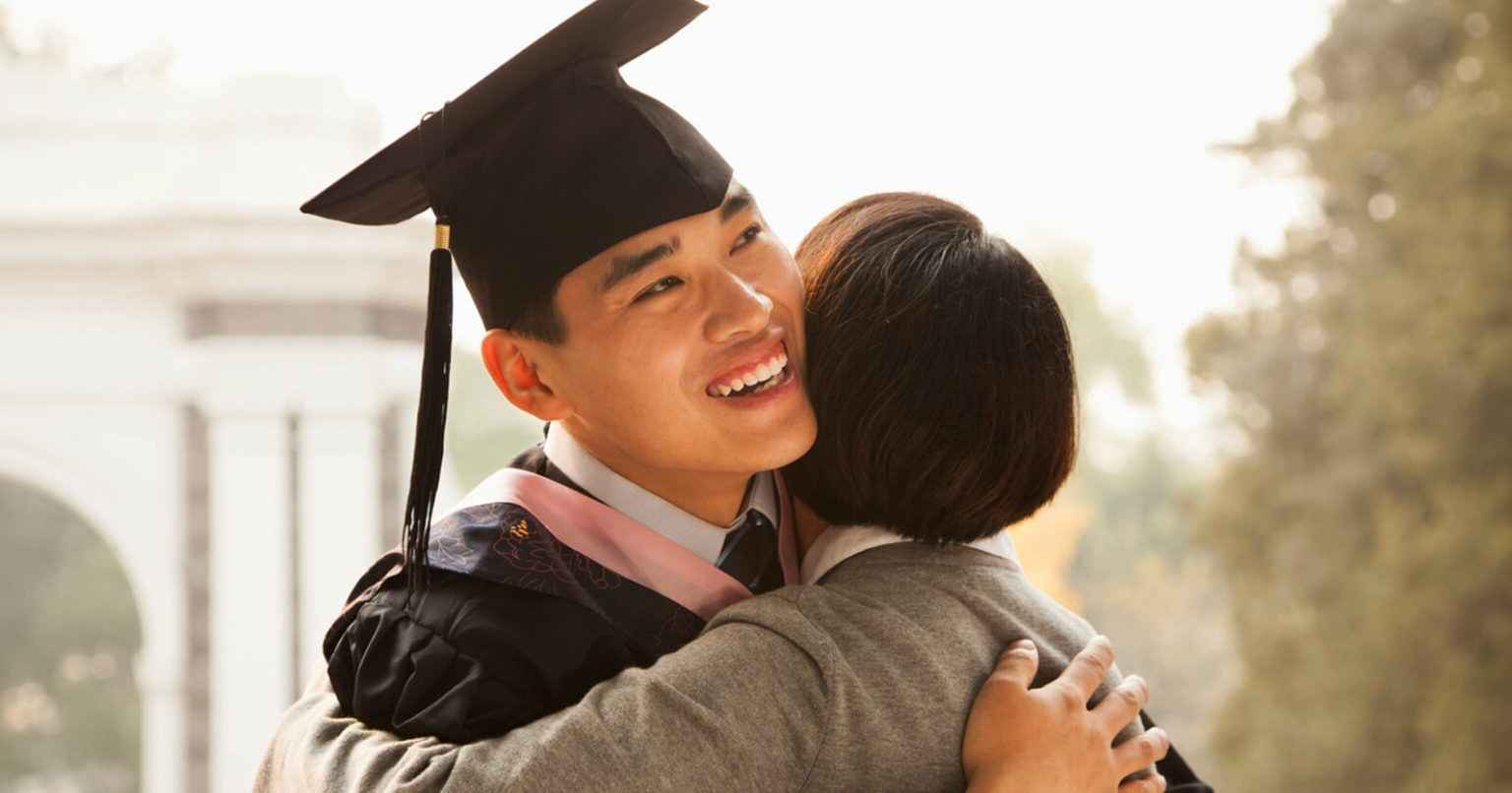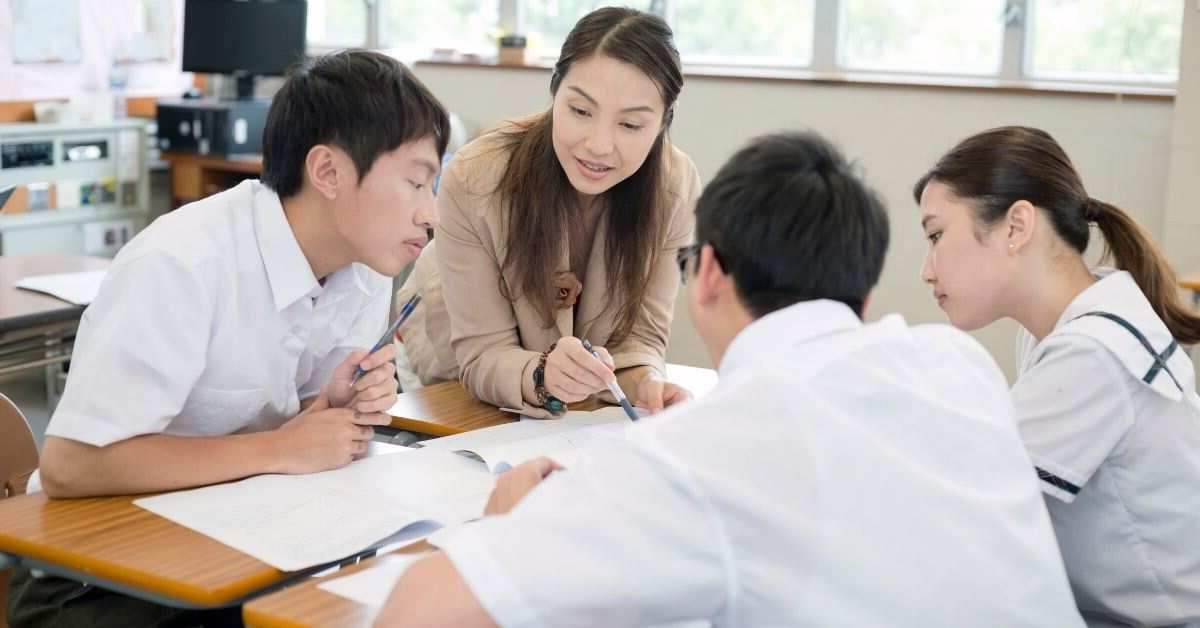Almost any aspect of the globe is coloured heavily by education, and although each country possesses its own approach to education, many have the same principles and diplomas. The education system in the Philippines, however, stands out due to the combination of influences from its colonial past.
By way of history, the Philippines had its educational offspring here, namely, Malaysia, China, Spain and the U.S. The country’s education system is now based primarily on the United States educational system. However, to give you a clearer insight into its operation, we’ve put together an in-depth guide underneath.
Understanding the Philippine education system
The Philippine educational system requires a thirteen-year curriculum, that is referred to as the K-12 program system which starts from kindergarten up to twelfth-grade. After expiry of these 13 yrs, students can opt for further studies or not.
The Philippines is one of the countries in the world that has different government agencies that oversee various education levels.
1. The Department of Education (DepEd) regulates standards and conducted the standardized tests of all public schools from K-12 implementation. Private schools have more leeway in crafting their curriculum, in so far as this would not run counter to DepEd’s directives.
2. CHED or Commission on Higher Education manages higher education institutions like colleges and universities.
3. The Technical Education and Skills Development Authority (TESDA) manages Technical and Vocational Education and Training (TVET) programs.
The primary languages of instruction in the Philippines are English and Filipino. Taking into account of its diverse linguistic community, with more than 100 languages being spoken in over its 7,000 islands, local languages are introduced in primary education to aid younger students. In the cities, English is used mainly for teaching after primary school.
School in the Philippines typically operates from June to March or April.
Philippine education structure

The Philippines had historically the shortest formal education in the world at 10 years which includes 6 as primary school and 4 as high school. But, in 2012, the government has passed a law requiring students in school from kindergarten (approx. age 5) to grade 12th (approx. age 18). This amendment lengthened the education cycle by two years and brought the Philippine system much closer to the American K-12 model.
The K-12 curriculum of Philippines is comprised of three types:
1. Primary School (Primary Education) – Kindergarten to Grade 6
2. Junior High School (Lower Secondary Education) – Grades 7 to 10
3. Senior High School (Upper Secondary Education) – Grades 11 to 12
Graduates of senior high school can proceed with a higher education as it has a variety of choices in which they can take, these can be like pursuing a Bachelor’s degree, Master’s degree, a Doctor of Medicine, Juris Doctor, or even a PhD.
Primary Education
In the Philippines elementary/ grade school education (primary school) usually takes 6 years and it is divided into two cycles :
✔️Primary Cycle (4 years): Grades 1 to 4
✔️Intermediate Cycle (2 years): Grades 5 to 6
This format is required in public schools. But private schools frequently give a larger seven-year program, children starting school per annum earlier.
By the end of each academic year overall students’ performances are evaluated. In order to go on to the following year the students need to perform at least 75% average.
When completing six years of primary school students graduate and get the diploma which give them the right to go to the secondary education.
Secondary Education
In the Philippines, secondary education, more commonly referred to as high school, and it divided to one two levels:
1. Lower Secondary Education (Junior High School): Grades 7 to 10
2. Upper Secondary Education (Senior High School): Grades 11 to 12
Junior High School in the Philippines has different types:
✔️ General Secondary School: It is following the American curriculum and consists of four levels.
✔️ Vocational Secondary School: Technical and vocational education program by government and private.
✔️ Science Secondary Schools: Programme specialist public high schools that emphasize research, for students who have a talent in mathematics and sciences.
Paper on thE PhIlippine EducAtIon SyStEm wAs empAthrOnEd wItH ThE AddiTiOn oF tWo yEaRs oF eDuCaTiOn tO yOuR pLaNoF, wHiCh nOw CaMpSd As “sEnIoR hIgH sChOoL. Senior High School has become compulsory and its curriculum is into:
✔️ Core Curriculum Subjects: Consists of 15 core courses in 8 learning areas.
✔️ Track Subject: These, subsequently, are divided in to Applied Subject (7 subjects) and Specialized Subject (9 subjects).
Students that graduate with Senior High School are prepared with the understanding and skills for the next steps in education or in the work force.
Higher Education
In the Philippines, upon completing the compulsory K-12 program, the student can continue to tertiary education. The country has more than 2,000 Higher Education Institution (HEI) with over 3 million students as of school year 2019-2020.
The HEIs in the Philippines are placed under varyrms categories:
College or University
✔️ Colleges provide specialized courses, e. g. Hotel and Restaurant Management, Nursing, Information Technology. Universities, however, have to meet strict requirements – they have to offer at minimum six undergraduate programs (for instance, 4-year liberal arts courses, 4-year science and mathematics courses, 4-yr social sciences programs, and at least three 4-yr programs leading to government licensure) and two graduate degree program with a degree leading to a PhD.
Public or Private
✔️ Public HEIs are non-sectarian-state-funded institution. Private HEIs can be sectarian or not, non-profit or profit-making, privately-managed and funded.
Secular or Religious
✔️ Some universities have sectarian associations while other institutions have nothing to do with religious organisations.
The higher education in the Philippines is grouped into three segments:
1. Undergraduate (Bachelor’s Degree)
2. Postgraduate (Master’s Degree)
3. Doctoral (PhD)
Cost of education

In Philippines, public schools and universities are quite free, or may incue minimal fees. Despite this, a great deal of Filipino families and expat households send their children in the private schools where they’ll experience a more superior level of education.
Private schools usually provide more individualized instruction than public schools. The private school student/ teacher ratio is actually around 1/ 40 or less in most instances, therefore teachers can demonstrate more of their time on each child. In addition, private schools usually contain a wider range of the curriculum and make use of unique sources, a piece that does not exist with the public institutions.
Because of that, tuition fees associated with private schools in the Philippines may be quite expensive. Here are approximate average annual tuition fees per education level:
✔️ Primary school: ₱70,000 to ₱200,000
✔️ High school: ₱100,000 to ₱250,000
✔️ Higher education: ₱110,000+
Educational support in the Philippines

Parents and guardians are most of the time only thirsty for the sake of their offspring. Behind whatever amount, enrolling their kids and family members in an excellent school is just one of the many dreams of Filipinos to achieve. This is also applicable to overseas Filipino workers (OFWs) and residents.
Already, paying for tuition fees as a big burden alone is relatively more than enough. Both you are an OFW – if you send family / relatives to school in the Philippines, get the best money transfer service provider that makes you receive maximum value out of every transfer with highest safety.
